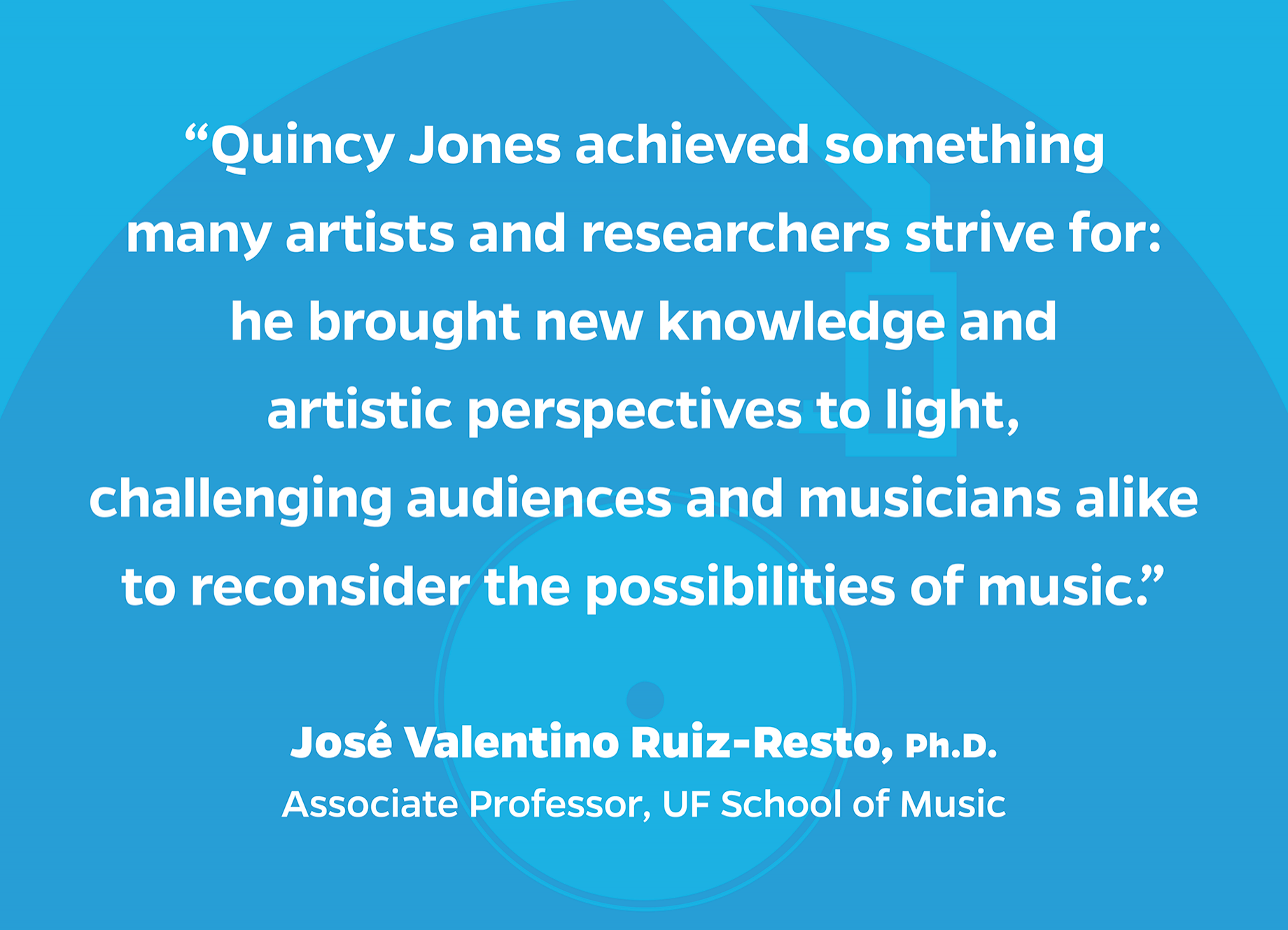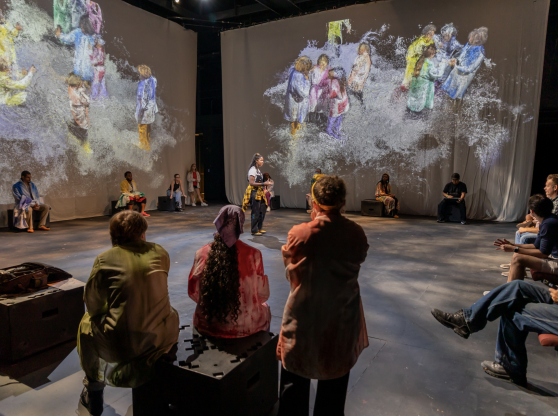Quincy Jones stands as one of the few artists whose body of work transcends genre, generation, and purpose, embodying the spirit of artistic research and creative engagement at its highest level. His career is a testament to the profound impact an artist can make when dedicated not only to musical mastery but also to creating works that resonate deeply with people from diverse backgrounds. With each project, Jones brought a level of intellectual curiosity, cultural sensitivity, and artistic integrity that continues to inspire musicians, educators, and creators worldwide. His accomplishments challenge us to consider what it means to produce art that is both personally fulfilling and universally accessible—a pursuit at the heart of artistic research.
A Life in Pursuit of Musical Knowledge and Innovation
Jones’s career began in the jazz clubs of Chicago and expanded globally, where his encounters with legendary artists like Dizzy Gillespie, Ray Charles, and Count Basie shaped his musical foundation. These formative years nurtured his respect for structure and improvisation, qualities that later influenced his groundbreaking work across jazz, pop, film scores, and beyond. His jazz background encouraged a relentless curiosity, which translated into a commitment to musical exploration and genre fusion. As Jones moved into arranging and producing, he brought this versatility with him, demonstrating an ability to merge sounds and traditions that others had never thought to combine. His work not only influenced music composition and arrangement but also set new standards in production, where his projects often broke barriers in terms of genre and audience reach.
One striking example of this versatility is Jones’s work with Michael Jackson on Thriller, a project that brought together elements of jazz, funk, and rock in a way that had never been done before. The album’s unique sound is a direct result of Jones’s innovative approach—an approach grounded in a deep understanding of both music theory and the cultural contexts of each genre he engaged with. In blending electronic and acoustic elements, Jones created a soundscape that felt cinematic, inviting listeners to experience pop music with unprecedented depth and sophistication. By pushing these boundaries, Jones achieved something many artists and researchers strive for: he brought new knowledge and artistic perspectives to light, challenging audiences and musicians alike to reconsider the possibilities of music.
Artistic Work as a Catalyst for Cultural Unity
Jones’s work also demonstrates the capacity for art to reflect and influence broader cultural dynamics. Throughout his career, Jones sought to bridge generational and cultural divides, inviting artists from different backgrounds and musical traditions to collaborate. This was particularly evident in projects like Back on the Block, where he brought together jazz legends and rising hip-hop stars, creating an album that celebrated musical diversity and reinforced the idea that art can serve as a powerful connector across societal divides. This project, along with others like The Dude, showcases Jones’s dedication to inclusivity and his understanding of music as a language that can be understood by everyone. He brought established voices and emerging talents together, allowing each to learn from the other and creating a piece of work that appealed to audiences across generations and cultural backgrounds.
Educators can find in Jones’s work a model of how artistic projects can foster mutual understanding and respect. His collaborations encouraged a dialogue between artists, blending jazz with hip-hop, funk with classical, and pop with soul. In doing so, Jones offered a template for artists and educators today who seek to use their work to connect people across divides, encouraging students to think of their work as an avenue for connection and cultural enrichment.
A Commitment to Legacy Through Generosity and Mentorship
Beyond his recordings, Jones’s legacy extends into his dedication to sharing his knowledge with others. He established organizations and initiatives to make music education more accessible, particularly in underserved communities, reflecting his belief in the transformative power of music. Jones understood that the impact of his work would be incomplete without extending his legacy to future generations. Through initiatives like the Quincy Jones Musiq Consortium, he not only shared his expertise but also worked to make music a permanent fixture in educational settings, emphasizing its role in personal and cultural development.
His willingness to uplift new artists and producers reveals a commitment to the art form itself, as well as to the community of people who create and appreciate it. Jones’s example invites us to view artistic excellence not as an individual accomplishment, but as a collaborative effort—a lifelong commitment to fostering a community of artists who continue to evolve and expand the field. His approach to mentorship and his support for new talent remind us that excellence in the arts is not solely about personal achievement but about contributing to the growth of the artistic community as a whole.
Continuing Jones’s Legacy: A Challenge for Today’s Artists and Educators
Quincy Jones’s legacy challenges us to think beyond traditional metrics of success, encouraging artists and educators alike to focus on the lasting influence of their work. For today’s music professionals, his career serves as a blueprint for creating art that transcends its medium to become a lasting part of culture. He reminds us that art can do more than entertain; it can educate, bridge gaps, and foster empathy. Educators can draw from Jones’s career as an example of how to inspire students to see music as a craft and a calling, one that has the potential to impact not only individuals but entire communities.
Jones’s commitment to artistic integrity, cultural inclusivity, and mentorship continues to inspire a new generation of artists, inviting them to see their work as both a personal pursuit and a collective mission. His legacy stands as a reminder that the highest calling of an artist is not only to master their craft but to elevate others and create works that resonate across time and space. In embracing his ideals—pushing creative boundaries, fostering collaboration, and using their art for greater understanding—today’s artists and educators can continue to shape the future of music and culture, building on Jones’s vision of a more connected and creatively rich world.
Click here to find out more about the author:
José Valentino Ruiz-Resto, Ph.D., D.Min., D.B.E. (“José Valentino”)
Associate Professor, School of Music
Affiliate Faculty, Center for Arts, Migration, and Entrepreneurship
Artistic Director of 2024 Music, Business, and Entrepreneurship Summit



